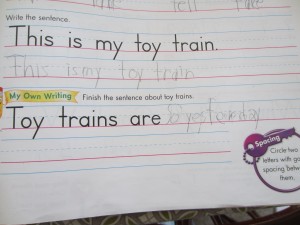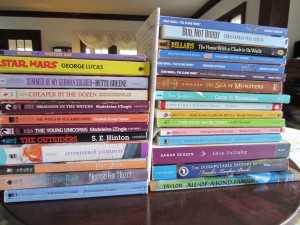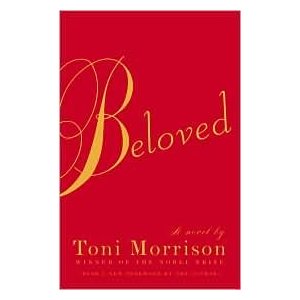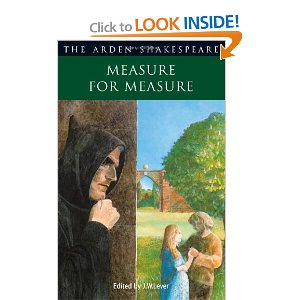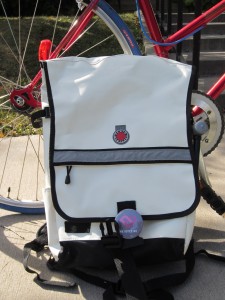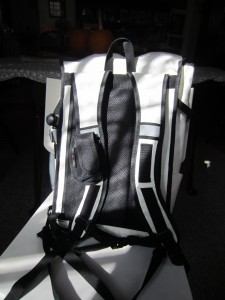Family Movie Night
Monday, October 15th, 2012We’ve had family movie night the last two Fridays. We broke one of my cardinal rules by eating home-made pizza and then ice cream in front of the TV to watch a movie we all agreed on.
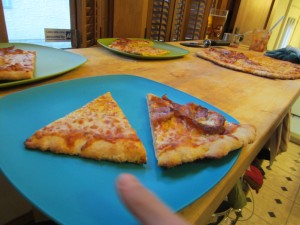
Two Fridays ago, we watched The Avengers on Blu ray.
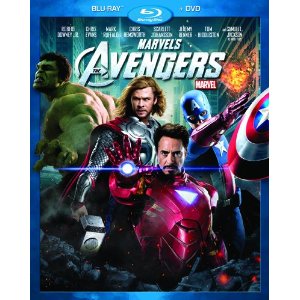
The boys loved it even more than they did when we saw it in the theater. They found the Hulk segments even more funny, especially “Target angry! Target angry!” G. Grod and I watched that entire 2.5 hour movie with them, then hustled them into bed so we could watch the extras and before the weekend was over had watched them all AND the movie with director Joss Whedon’s commentary. That’s how much we liked this movie.
Last Friday, we watched Miyazaki’s Spirited Away, which I consider his masterpiece.
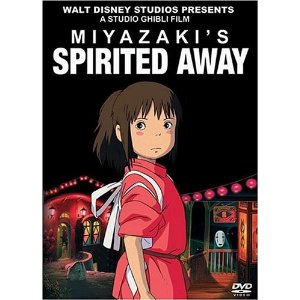
Then again, saying that unfairly denigrates his other masterpieces, so best of the best? We tried to watch it a few years ago with the kids, but they were scared by some of the imagery. We watched it this time, and things seemed to go well. Both 9yo Drake and 6yo Guppy enjoyed it, as did G. Grod and I. But that was before bedtime.
After we tried to put the boys in bed, they got up again three times. Drake was disturbed by memories of the image of a monster from the movie that went on a rampage, ate several characters, and then vomited for a very long, long time. Interestingly, nothing from The Avengers the week before fazed him as this did. We finally got him into bed, and by the next day seemed happy to take our suggestion to remember the funny and cute and beautiful parts, like the return of soot sprites from My Neighbor Totoro, and adorable duck creatures, but still, Spirited Away was only a qualified success.

After pizza, dessert was my favorite combination of Ben & Jerry’s flavors, Chocolate Therapy and What a Cluster (formerly Clusterfluff).
Chocolate Therapy is chocolate ice cream with chocolate cookies & swirls of chocolate pudding ice cream, formerly only available in scoop shops.
What a Cluster is peanut butter ice cream with caramel cluster pieces, marshmallow swirls & peanut buttery swirls.
Chocolate Therapy on its own is quite something, but when combined with What a Cluster, well, something rather magical happens.
